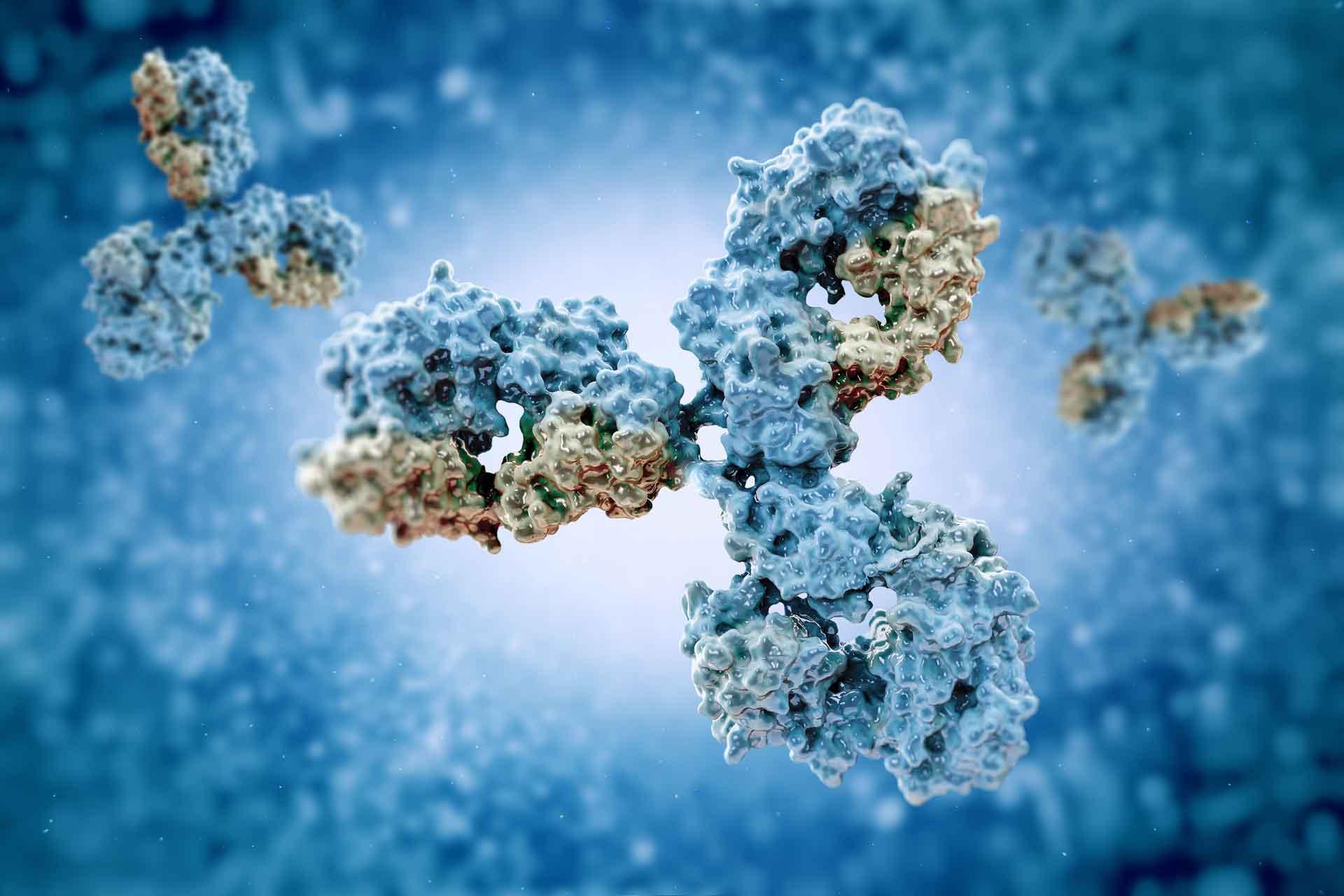The Immunogenetics Group at The Pirbright Institute has identified the position and function of specific genes in the goat’s genetic code that are responsible for antibody production. Up until now, identifying and characterising the genes related to the immune system of animals, including humans, has been a great challenge. However, researchers at Pirbright have applied new methodologies to overcome this.
Traditional methods to sequence genes rely on breaking them up in to tiny, manageable pieces, reading the short sections, and then piecing them back together using computer analysis that examines how the short bits of code overlap. This is known as short-read technology. The genes involved in programming the immune system are, by their very nature, extremely repetitive. This causes problems when trying to piece the sequence back together as, a bit like completing a puzzle with lots of similar looking pieces, it’s nearly impossible to find overlaps when so many of the short sections are nearly identical.
An international team of scientists, including researchers from Pirbright, previously used a combination of long and short read technology to assemble the goat genome, successfully creating the most complete mammal genome to date. Long read technology looks at longer sections of genes and therefore makes it easier to reconstruct the sequence. However, this is also more prone to errors. The researchers therefore used short read technology to correct errors in the final sequence. The combination of the two approaches allowed them to accurately characterise the genes associated with the goat immune system, explained in a recent Immunogenetics paper.
Dr John Schwartz, author of the paper, said: “Antibodies are critical constituents of the immune system which are able to specifically bind to pathogens and therefore control disease. Because of this, the variety of antibodies expressed by any given individual is immensely diverse and influenced by vaccination and infection. By knowing the genetic sequence responsible for antibody production, we can better understand how animals are able to respond to disease.”
Such discoveries are significant because the domestic goat is an economically important species for agriculture, particularly in developing countries where most of the world’s goat population live. Goats are also used for the production of antibody-based reagents in agricultural and biomedical research.
This research was funded by the Biotechnology and Biological Sciences Research Council (BBSRC) (grant numbers: BBS/E/I/00001710, BBS/E/I/00007015 and BB/J013854/1), the USDA Agricultural Research Service (ARS) (appropriated project 1265-31000-096-00) and the Agricultural Food Research Initiative (AFRI) (grant number 2015-67015-22970).
